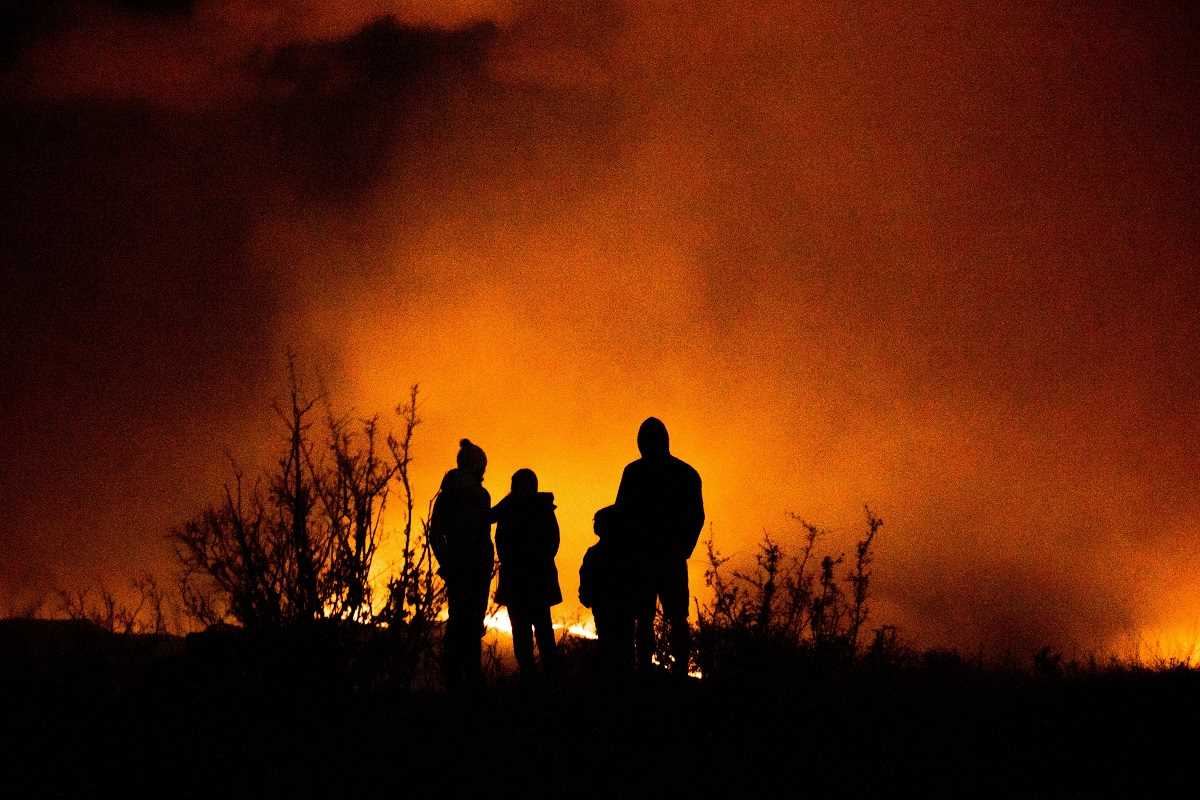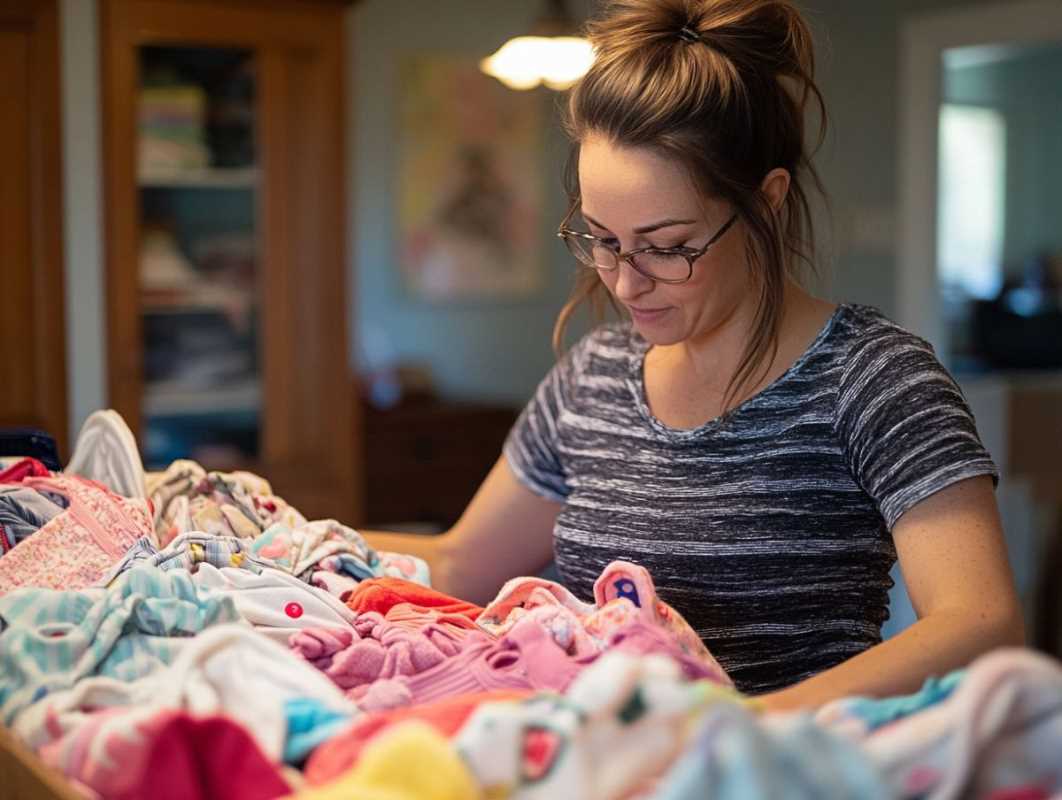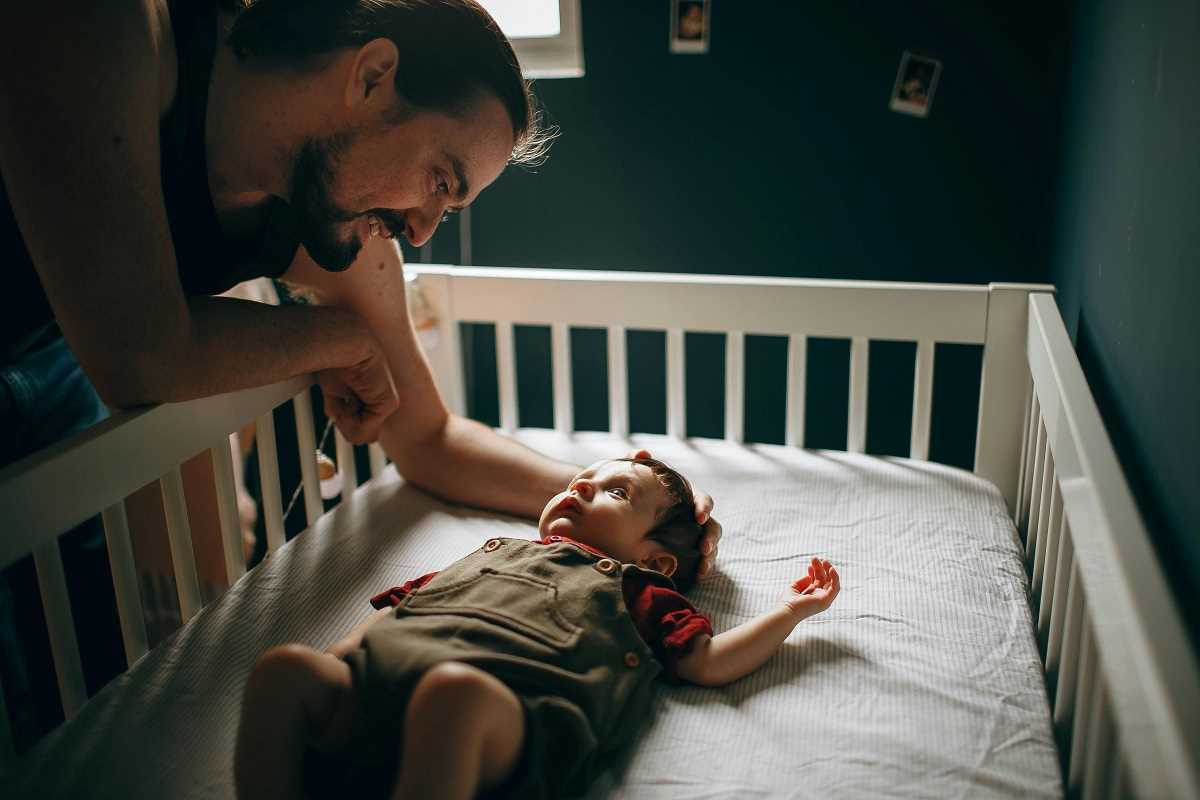A fire in your home is one of those events no one wants to think about—but being prepared can make all the difference. A solid fire safety plan isn’t just about peace of mind; it’s about keeping your family safe, no matter what happens. The good news? Creating a plan doesn’t need to be overwhelming or complicated. With a little time and teamwork, you can develop a plan that works for everyone—from toddlers to grandparents. Here’s how to make it happen step by step.
Step 1: Assess Your Home for Escape Routes
Every home is different, which means every fire safety plan needs to be personalized. Start by walking through your house together and identifying two escape routes from each room. Why two? If one is blocked during a fire, you’ll need a backup.
Here’s what to look for during your walkthrough:
- Windows and Doors: Can all windows open easily without obstacles? Are the doors clear of clutter?
- Paths to Safety: Ensure hallways and exit paths are free of tripping hazards.
- Stairways: If your family lives in a multi-level home, are the stairs in good condition and well-lit?
For second-floor rooms, consider investing in escape ladders for bedrooms. These ladders are quick to deploy and can provide a critical exit if upstairs doors or hallways are blocked by smoke.
Tip: Take your youngest family member’s perspective. Can they open a particular window or reach the doorknob? Make adjustments where necessary.
Step 2: Install and Test Smoke Detectors
Smoke alarms are your first line of defense when it comes to fire safety. Install them on every floor of your home, especially inside sleeping areas and outside bedrooms.
Here’s how to make sure they’re up to the job:
- Monthly Tests: Teach the whole family how to test smoke alarms, and do it monthly. It’s as simple as pressing the test button until the alarm sounds.
- Battery Checks: Change the batteries at least once a year, or whenever the detector starts chirping. Many modern alarms come with long-lasting lithium batteries, so review your model’s needs.
- Replacements: Replace smoke alarms every 10 years, even if they seem functional.
Fun for Kids: Make testing the alarms a quick family activity. Younger kids will learn what the alarm sounds like—and that hearing it means they need to act fast.
Step 3: Create a Clear Fire Safety Plan
Your fire safety plan is the roadmap everyone in your family should follow if there’s a fire. Here’s what to include:
1. A Family Meeting Spot:
Choose an easy-to-find location outside your home where everyone should meet. It could be a neighbor’s porch, the mailbox, or a large tree.
- Make sure it’s a safe distance from the house.
- Explain why you’re meeting there (so everyone can be accounted for).
2. Emergency Contacts:
Decide who will call 911 once you’re safe, and make sure all family members know your address to share with emergency dispatchers.
3. No Going Back:
Drill into everyone’s mind—especially kids—that once they’re outside, they must never re-enter the house for belongings, pets, or even toys. Firefighters are the ones equipped to perform rescues.
Make It Visual: For young kids, draw a simple map of your floorplan with arrows showing escape routes and the meeting point. Post it in easy-to-see places like the fridge.
Step 4: Practice Fire Drills
Talking about a fire escape plan is great, but practicing it makes all the difference. Fire drills bring the plan to life and help everyone move confidently when every second counts.
How to Run a Fire Drill:
- Announce an Alarm: Start by testing one of the smoke alarms so everyone gets used to hearing the sound.
- Simulate a Real Situation: Pretend there’s fire or smoke in certain parts of the house, and direct family members to find alternative routes.
- Time It: Practice getting everyone to your meeting spot in under two minutes, as this is the average time families have to escape safely.
- Debrief & Adjust: Talk about what went well and what could be improved. Was the route clear? Was anyone confused? Now’s the time to make changes.
Make It Fun for Kids: Turn fire drills into a game. Practice crawling low under “smoke” (duct tape a “line” a couple of feet from the floor to emulate the danger zone) or have races to the meeting point.
Regular Reviews: Repeat fire drills at least twice a year. Try practicing at night or under different conditions (lights off, certain exits “blocked”) to keep everyone sharp.
Step 5: Teach Fire Safety Skills
Prevention is just as important as response. Make sure everyone in your family understands basic fire safety rules, such as:
- Stop, Drop, and Roll: Teach kids what to do if their clothing catches fire.
- Crawl Low Under Smoke: Show everyone how staying low can help them avoid smoke inhalation.
- Close Doors Behind You: Closing doors while escaping slows a fire’s spread, giving everyone extra time.
- Know What to Avoid: Caution young children against playing with matches, lighters, or candles.
Even toddlers can learn these steps with simple explanations and repetition. Reinforce these lessons during drills to make them second nature.
Tip for Parents: For peace of mind, practice using fire extinguishers as well. Keep extinguishers in accessible spots like the kitchen or garage, and learn the PASS method (Pull, Aim, Squeeze, Sweep).
Step 6: Include Pets in the Plan
For many families, pets are part of the team. If you have a dog, cat, or other beloved animal, make sure your safety plan includes steps for keeping them safe too:
- Designate a Pet Rescuer: Assign one family member to call and corral pets during a fire, if safe to do so.
- Pet ID Tags: Make sure all pets wear collars with updated ID tags, so they can be identified easily by rescuers.
- Pet Safety Supplies: Keep leashes or pet carriers in accessible locations near exit doors.
Remember, prioritize human safety first. If it’s not safe to retrieve pets, evacuate and inform firefighters immediately.
Step 7: Review and Refresh
Situations change—kids grow, family members age, and homes undergo renovations—so review your fire safety plan regularly. These updates should include:
- Adjusting Escape Routes: Ensure changes like new furniture or home remodeling won’t block exits.
- Adding Safety Measures: Install additional smoke alarms or upgrade to alarms with visual alerts if someone has hearing challenges.
- Revisiting Drills: Check how your family’s escape time improves and renew everyone’s familiarity with the plan.
Consider anchoring fire safety lessons to annual events like back-to-school season, daylight saving time, or National Fire Prevention Week (usually in October). Little reminders can go a long way.
Overall, keep it simple, make it clear, and practice it until everyone knows what to do. By being proactive and prepared, you can turn an intimidating “what if” into a manageable plan you hope you’ll never need.
 (Image via
(Image via





